By Lee Jon-young
The 'King's Road', which was buried in a railroad track during the Japanese occupation, has been restored after more than 100 years.
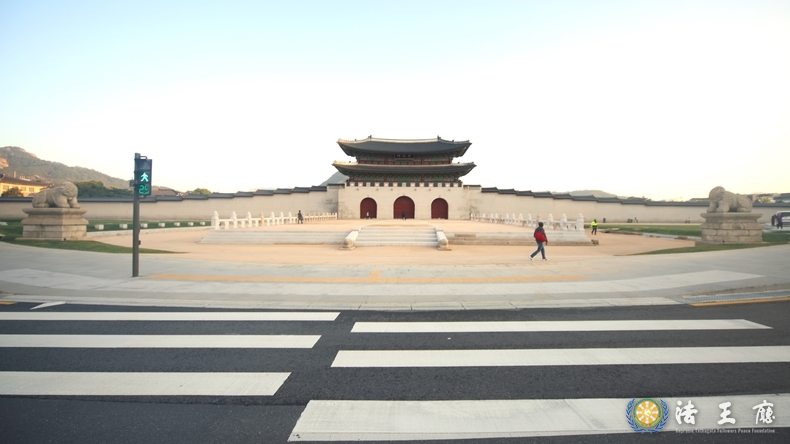
The Cultural Heritage Administration held a ceremony to commemorate the 'Restoration of Gwanghwamun weoldae (stylobate) and plaque' in front of Gwanghwamun Gate at Gyeongbokgung Palace in Seoul on Oct. 15.
With the restoration of Gwanghwamun's plaque and stylobate, Gyeongbokgung Palace and Gwanghwamun, which were demolished and damaged during the Japanese occupation, have regained their historicity, place, and symbolism after more than 100 years.

At the pre-ceremony event at 5 p.m., the 'Gwanghwamun Answer & Question' event introduced stories related to Gwanghwamun, and at the main event at 6 p.m., the 'Gwanghwa Light' lighting ceremony was held to revive the meaning of the completion of Gwanghwamun.
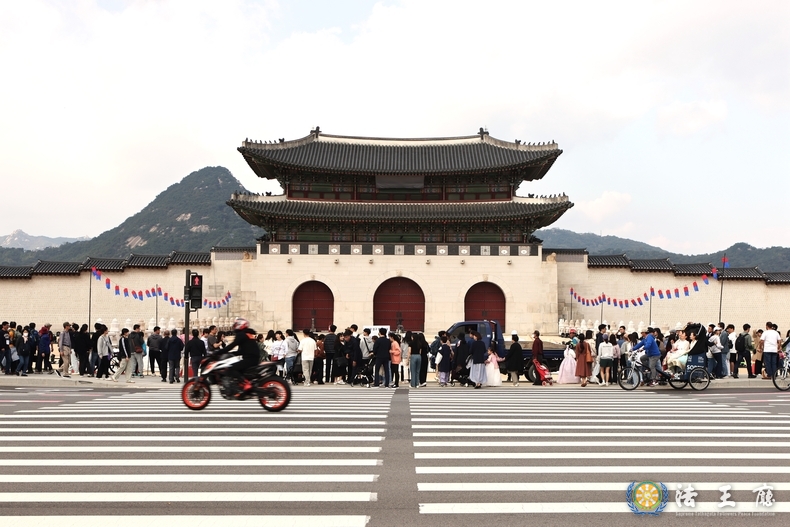
The plaques were unveiled at this time. Government officials such as Minister of Culture, Sports, and Tourism Yoo In-chon and Choi Eung-cheon, head of the Cultural Heritage Administration, along with Seoul Mayor Oh Se-hoon and 500 people who applied in advance were present.
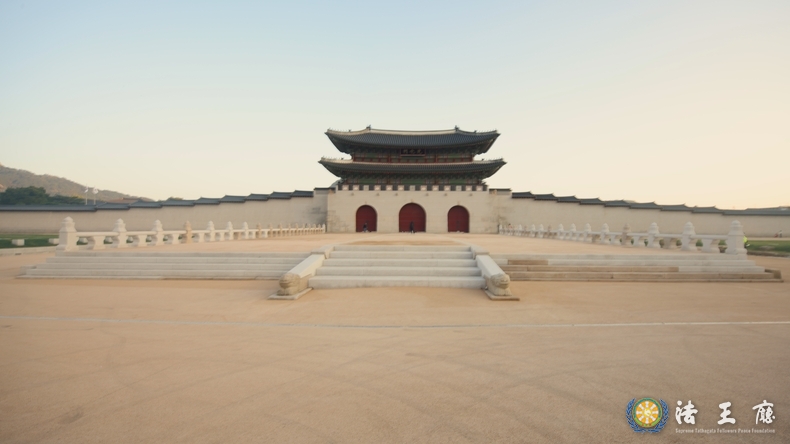
Weoldae is a large platform placed on important buildings such as palaces. It served as a place for the king and people to communicate during events of national importance. Weoldae has been used as a road since the 1920s, when it was damaged by the installation of tram tracks during the Japanese occupation.
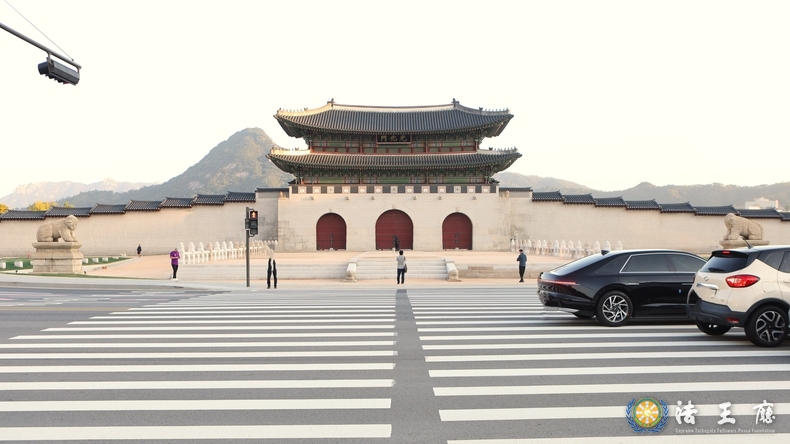
From last March to April, the National Institute of Cultural Properties of Seoul conducted intensive excavation work to reveal the ruins of the old site during the Japanese occupation.
The 'King's Road' in the middle is 7 meters wide, and there are two auspicious animal statues, Seosusang, at the front end of the road. The Seosusang were collected by the late Samsung Group Chairman Lee Kun-hee and donated by the Samsung family.
The new plaque unveiled today features a golden lettering on a black background with the words written in Chinese characters by Im Tae-young, a training captain during the rebuilding of Gyeongbokgung Palace during the reign of King Gojong.
The Gwanghwamun plaque, which means "The king's virtue illuminates the whole country," was burned during the Imjin War and rebuilt during the Heungseon Daewongun. It was later damaged during the Japanese occupation and the Korean War.
When Gwanghwamun was moved to its current location in 2010, a new plaque was made, but it cracked within three months of restoration, sparking controversy over poor restoration. This time, there was a controversy over the color of the writing.

Initially, the Cultural Heritage Administration planned to redo the plaque with black letters on a white background, but evidence from an 1893 photograph held by the Smithsonian Institution in the U.S. and the "Younggun Diary," a record of the rebuilding of Gyeongbokgung Palace, showed that the letters were gold on a black background, which led to the restoration.
The Cultural Heritage Administration carved the letters on wood, then cut and pasted copper plates into the shape of the letters and applied gold leaf.

The event was held to announce to the public the completion of the restoration of the weoldae and plaque, which had been underway since 2006, starting with the 'Finding Gwanghwamun' program. The slogan of the event is 'Gwanghwamun Weoldae's New Beginnings'.
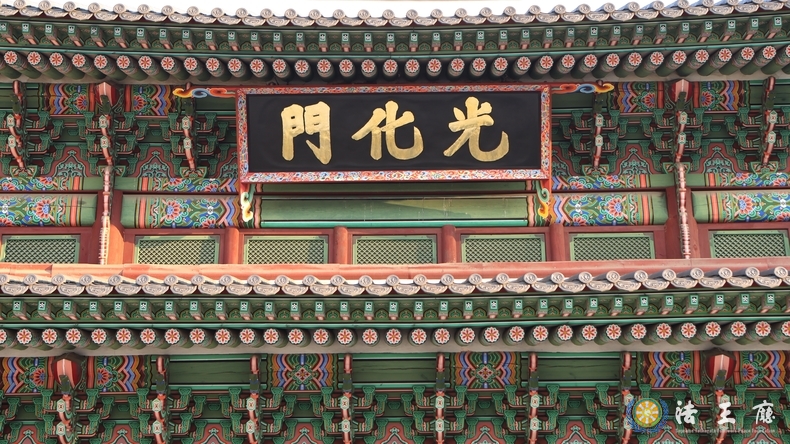
Meanwhile, Gwanghwamun will continue to celebrate royal culture until Oct. 18. On Oct. 19, the 18th Korean Cultural Property Functional Works Exhibition will be held at Gyeongbokgung Palace's Heungryemun and Geunjeongmun gates.

The Cultural Heritage Administration said, "As many visitors are expected to visit Gyeongbokgung Palace in the future, we will continue to cooperate with related organizations such as the Seoul Metropolitan Government to prevent traffic and crowd congestion and safety accidents."
















